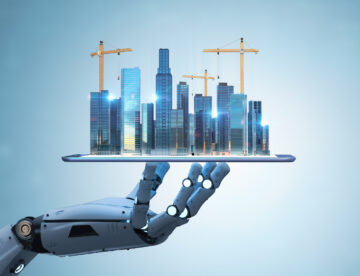
While some of the mobile apps we download end up doing little but take up space on our phones or tablets, others are revolutionising the way we live and work.
Right now, there are a great many mobile apps that are proving particularly useful for those working in the construction industry – supporting people by making every-day tasks simpler, improving efficiency in working practices and raising professional standards higher than ever before. In this week’s blog, we’ve got a rundown of just some of the apps available.

It’s fairly common for construction workers to question whether they need to follow an exercise regime, considering the fact that they already do a lot of physical activity in their daily work.
While it’s true that construction work involves a mix of low-intensity and heavier physical activity that might seem like a good workout, research has shown this doesn’t match the numerous health benefits that come from recreational physical activity. In this week’s blog, we’re taking a closer look at this topic.

Over the past few months, we’ve witnessed a race in the launch of Artificial Intelligence (AI) technology that has been trained to interact with humans in a conversational way.
Natural language models like Open AI’s ChatGPT and Google’s Bard can produce pieces of creative writing, translate copy, summarise lengthy texts, access vast amounts of data to answer queries and have a human-like conversation. Whilst experimenting with these technologies can be both useful and fun, this has got us wondering whether AI might soon be taking on other creative work such as designing a building (or perhaps it is already)? Take a look at what we found out in this week’s blog.

At least two online media outlets have just published articles about Sheriff Construction, recognising our company as one of the leading installers and suppliers of flat-roofing systems and brickwork services in the UK.
Both the UK Herald and London Journal picked up the story of our 17 years in the industry and recent success, noting the national recognition our company has gained for delivering exceptional work on commercial and residential projects and for our pursuit of innovation. Read the full story in this week’s blog.
